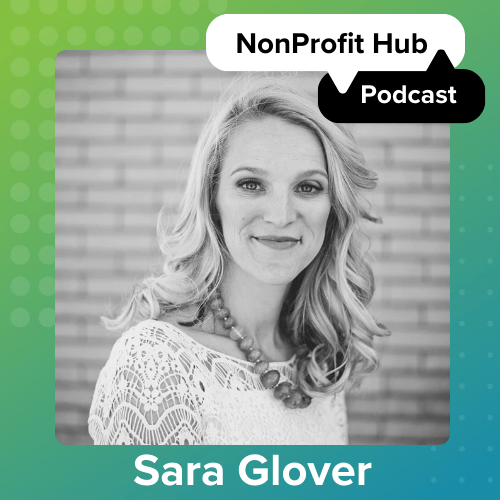Operating a nonprofit can feel a bit like swimming in the ocean. You’re floating in a vast sea of options for fundraising, clients and copy paper suppliers. However, for many nonprofits their home is more similar to a pond as they operate in smaller communities than the big cities.
Not everything in small town life is a disadvantage, as the tighter-knit community and lower cost of living usually work to a nonprofit’s benefit. However, they often have to be more creative to overcome some limitations.
Be More Strategic in Fundraising
A smaller population base also means a smaller fundraising base. This doesn’t mean you can’t raise funds to support your mission, but rather that you should be strategic in how you go about getting the money. The pool of donors who can make a sizeable donation is usually limited in smaller areas (unless you live in Los Alamos, N.M.). You can’t go back to the big-money well every time you need to make your budget work, so you’ll need to find a different method to raise money.
Creating a year-long fundraising plan will help spread out the asks and give your fundraising a better purpose (no matter where you live). Don’t ask your major donors to chip in to buy folders for an after school program when you have a campaign for a full-time music director position on the horizon. Instead, reach out to smaller fish for the little costs.
Smaller towns also have better success with different types of fundraisers. Large feeding fests (like a pancake feed) and other community-based events work well. Many times when a fundraiser involves a social aspect, the community will rally around it.
Long-Term Planning
As with anything project, planning is key. While you should have a year-round plan for fundraising, you’ll need to have an even longer plan for major projects. By looking down the road for five or 10 years, you can plan out your capital projects and find a balance in long-term wants and short-term expenses.
For example, the community foundation in my hometown (population: 1,213) has tackled several projects during the last decade by focusing on projects one at a time. First, they tackled a new swimming pool, then a public library and veteran’s park and now their focus is on an arboretum and trail. Each of these projects became a community rallying point and by giving each its proper attention, garner greater success.
Share Overhead
As mentioned, one of the great benefits of small town/rural life is the lower cost of living, but that doesn’t mean life is free. Nonprofits can cut costs even further by combining their powers to share overhead costs. Using a nonprofit coworking space is a great way to share the costs and help your bottom line. (It’s also something that we know a thing or two about.) While your town might not have a dedicated coworking space, seek out other nonprofits and form partnerships to help share overhead expenses.
In addition to the monetary benefits, your nonprofit also benefits from the collaboration of a coworking space. Nonprofits can work together for partnerships to help have a greater impact and also pick up operational tips to run operations more effectively.
These are just a few examples of how to stay afloat and do good as a small-town nonprofit. At the end of the day, all nonprofits are focused on the same purpose—to make some corner of the planet a little better. What are other secrets/tricks/life hacks you have used while running your nonprofit in a small town?






